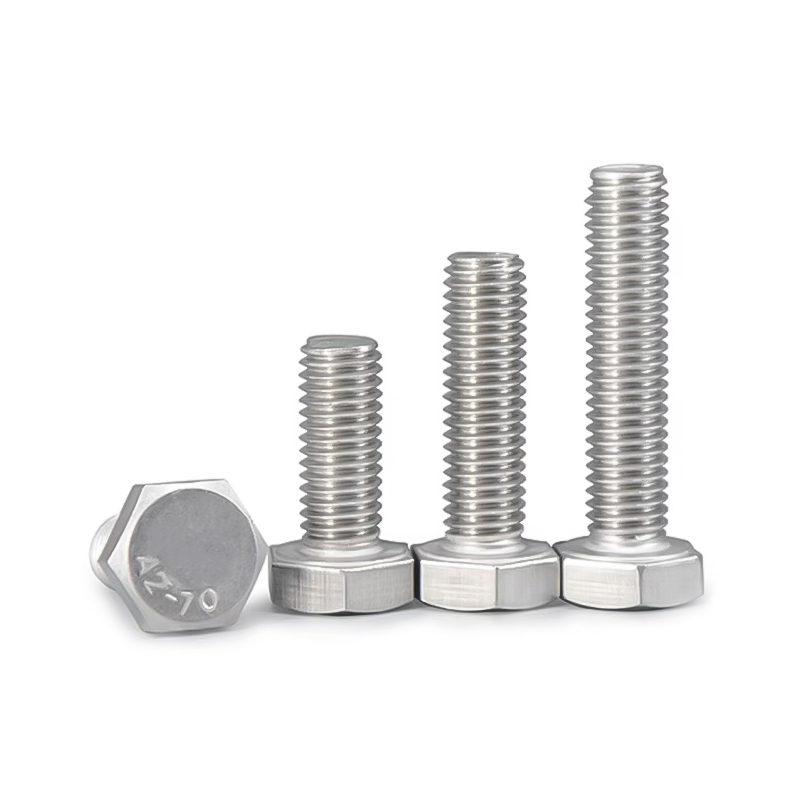Content
- 1 Corrosion Challenges in Marine and Coastal Environments
- 2 Material Composition of 316 Stainless Steel
- 3 Superior Corrosion Resistance from Molybdenum Addition
- 4 Mechanical and Structural Stability in Harsh Conditions
- 5 Common Marine and Coastal Applications
- 6 Comparison with 304 Stainless Steel in Coastal Use
- 7 Selecting 316 Stainless Steel for Reliable Performance
Corrosion Challenges in Marine and Coastal Environments
Marine and coastal environments expose metal fasteners to saltwater, humidity, and airborne chlorides. These conditions accelerate corrosion, especially in carbon steel and lower-grade stainless steels. Fasteners in such areas must resist pitting, crevice corrosion, and surface oxidation while maintaining structural integrity over long exposure periods. This requirement makes 316 stainless steel the preferred material for marine applications.

Material Composition of 316 Stainless Steel
The key factor that differentiates 316 stainless steel from other grades, such as 304, is the addition of molybdenum. This element enhances resistance to chloride-induced corrosion, which is a major concern in seawater environments. The typical composition includes chromium, nickel, and 2–3% molybdenum, providing an optimal balance between mechanical strength and corrosion resistance.
| Element | 304 Stainless Steel | 316 Stainless Steel |
| Chromium (Cr) | 18–20% | 16–18% |
| Nickel (Ni) | 8–10.5% | 10–14% |
| Molybdenum (Mo) | — | 2–3% |
Superior Corrosion Resistance from Molybdenum Addition
The presence of molybdenum enhances the protective oxide layer on the surface of 316 stainless steel fasteners. This layer minimizes the effects of chloride ions, which commonly cause pitting in 304 stainless steel. As a result, 316 fasteners can maintain their mechanical and visual integrity even after continuous exposure to seawater spray and salt-laden air.
Mechanical and Structural Stability in Harsh Conditions
316 stainless steel maintains high tensile strength and impact resistance even when exposed to fluctuating temperatures and wet conditions. This makes it particularly suitable for structural joints, deck fittings, and load-bearing assemblies in marine vessels and offshore platforms. The alloy also retains its ductility, reducing the risk of brittleness or cracking under mechanical stress.
Common Marine and Coastal Applications
The balance of corrosion resistance, mechanical reliability, and low maintenance cost makes 316 stainless steel fasteners a standard choice across a wide range of marine and shoreline applications.
- Boat hull fittings, deck screws, and anchor components
- Offshore oil and gas structures
- Coastal infrastructure such as piers, bridges, and railings
- Seaside architectural assemblies and public installations
- Marine electrical and control panels exposed to salt spray
Comparison with 304 Stainless Steel in Coastal Use
While 304 stainless steel offers good corrosion resistance, it is not sufficient in high-chloride environments. In coastal regions, 304 fasteners often show rust staining or surface degradation after prolonged exposure. In contrast, 316 fasteners resist these effects due to their molybdenum content, providing longer service life and reduced maintenance costs.
Selecting 316 Stainless Steel for Reliable Performance
Choosing 316 stainless steel fasteners ensures long-term resistance to saltwater and humidity, reducing replacement frequency and improving safety. Although they come at a higher initial cost compared to 304-grade or galvanized fasteners, their extended lifespan and lower maintenance needs make them the more cost-effective choice in the long run for marine and coastal applications.
In conclusion, 316 stainless steel fasteners provide a combination of chemical stability, corrosion resistance, and structural reliability that directly meets the demands of marine and shoreline environments. Their performance in aggressive salt-laden atmospheres makes them an essential component for long-term durability and safety.

 English
English 中文简体
中文简体 Español
Español русский
русский عربى
عربى








